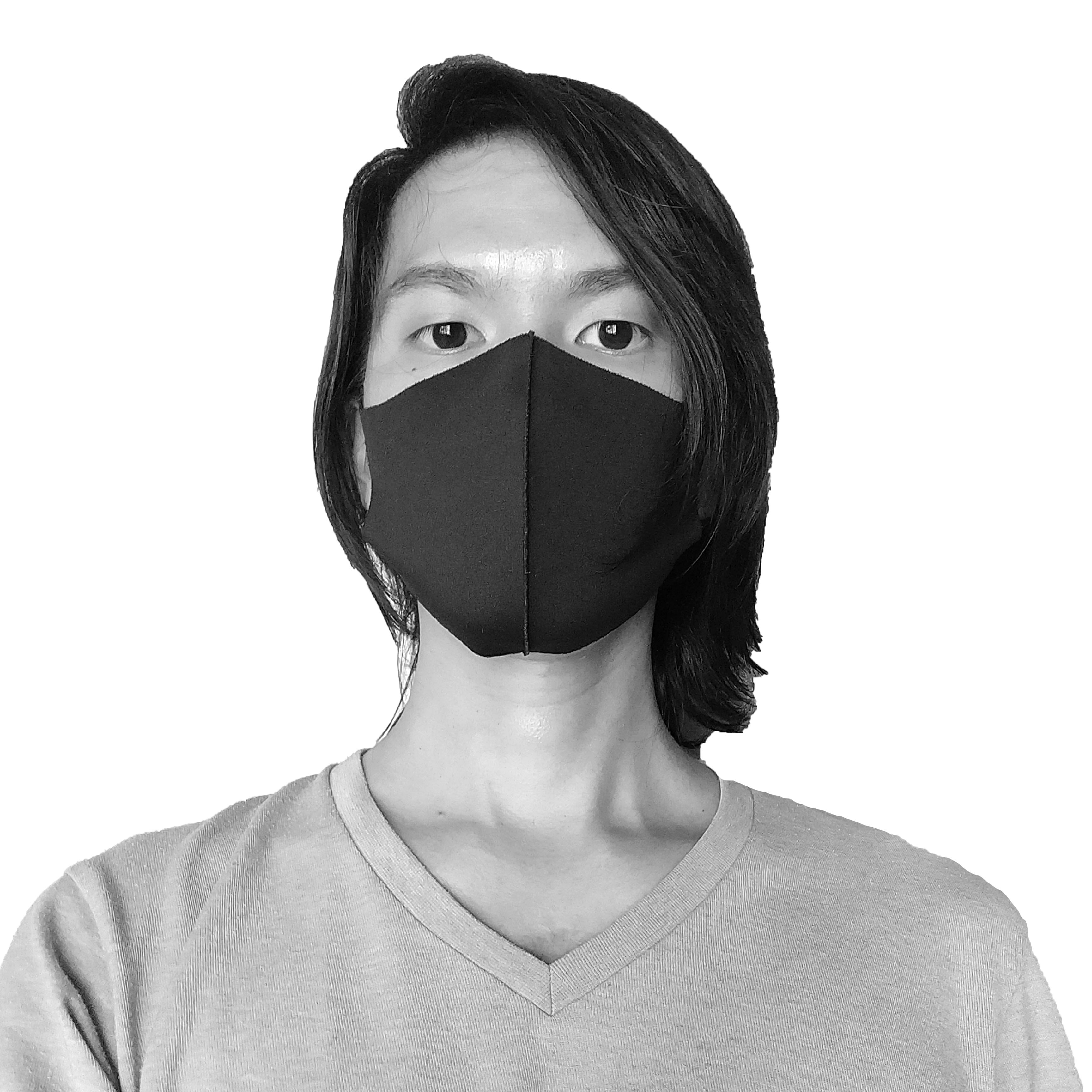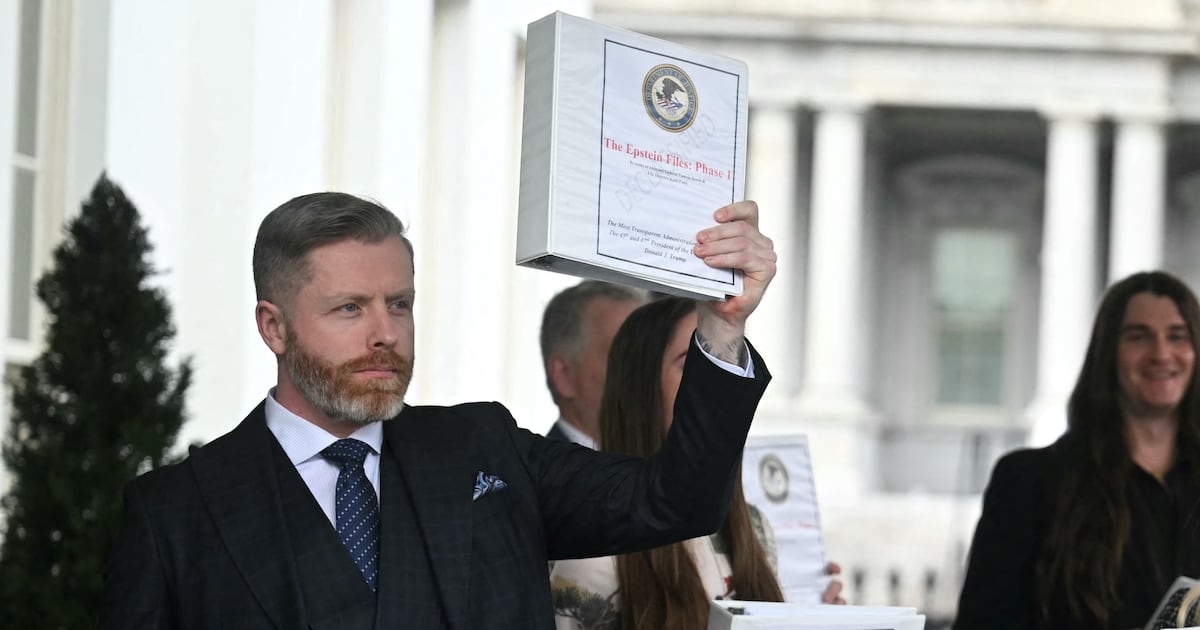HONG KONG—A brutal Sunday evening left this city reeling. As protests, clashes, and disruptions become part of daily life in Hong Kong, a disinformation campaign is being waged north of the city in mainland China.
Trapped within the Great Firewall, most Chinese nationals are unable to read what’s really happening here, and instead are bombarded with a narrative created by the Chinese Communist Party’s media organs. They have been pushing the CCP’s idea that Hong Kong’s blackshirt protests are the actions of “radicals,” and that there are terrorist elements incubating in the coastal city. The campaign has seeded the fiction that they are “hurting” Hong Kong, and that the city’s police force has been “restrained” in its responses to ten weeks of unrest.
Beijing and Hong Kong’s governments label the blackshirts and their supporters as “rioters,” so this language has also been adopted by propaganda organizations like the Xinhua new service, People’s Daily, and Global Times.
Eager to paint the protests in Hong Kong as the consequence of foreign interference rather than a failure in domestic governance, the CCP’s media arms, including Xinhua, have doxxed a U.S. diplomat who met with activists who were some of the young leaders in the Umbrella Movement of 2014, referring to them as “riot organizers.” Chinese academics who have raised the point that there is no proof of American involvement in Hong Kong’s blackshirt protests have been attacked in op-eds penned by state-backed “news” minions.
Cathay Pacific, Hong Kong’s flagship airline, has also come under scrutiny, with Chinese media invoking 9/11 and the mysterious MH 370 crash to fan the flames, suggesting the airline’s staff could inflict terror attacks. The Civil Aviation Administration of China also demanded that the airline bar all employees who support the protests from being on flights that enter mainland Chinese airspace.
In the absence of dependable news coverage, the message pushed by the CCP’s scribes makes for potent Kool-Aid. The Party could be preparing for harsher crackdowns, a nightmare scenario that may involve Chinese troops or militarized police sent south. Videos of constant mobilization of armored vehicles near the border with Shenzhen, which the Chinese government and People’s Liberation Army calls drills or exercises, only bolster the paranoia.
In Hong Kong on Sunday, here’s what happened in just one day and night: A young woman was shot in her face, blinding her right eye permanently and giving her nerve damage that may impact motor functions in various parts of her body.
Ready to offer its fabrications and explain away the life-changing injury, Chinese state-run television broadcaster CCTV posted on Weibo—the Chinese equivalent of Twitter—that the woman who was blinded was beaten up by other blackshirts, and that “allegations” of the Hong Kong Police Force having any part in her disfiguration were false.
First aid responders were also attacked by the police. A stick—a “weapon”—was placed into the backpack of an arrested protester by a police officer, likely as a plant to make additional criminal charges stick. Tear gas was released in a subway station, endangering all who were present—not only the blackshirts—in an enclosed space. Self-proclaimed Chinese patriots ganged up to assault journalists and protesters seemingly with impunity, at one point striking a local camera assistant with a pole that had the Chinese national flag fastened to it. Police impersonated “front line” protestors, dressed in black, wearing gas masks, and coordinated for mass arrests within the crowd. Pools of blood were left on the streets and in subway stations.
The Hong Kong Police Force is no longer bothering to pretend to disperse crowds. Their methods over the weekend were intended to inflict bodily harm and punishment.
The escalation in police violence, as well as the use of subversive tactics and infiltration, follows the appointment of a retired deputy police chief, Alan Lau, as deputy commissioner on special duty for six months. Lau is known for overseeing the operations that cleared the Umbrella Movement from the streets of Hong Kong five years ago. He was also in charge of coordinating security for Chinese President Xi Jinping during the leader’s visit to Hong Kong in 2017.
Though Chinese media often invoke a “silent majority” in Hong Kong that toes the Party’s line, the truth is that massive support exists behind the blackshirts. Hongkongers who do not participate in the street actions find other means to ensure those who risk prison sentences or personal danger are able to keep the fight going.
Neutral colored t-shirts–non-black ones–are left at subway ticketing machines, as are bags of spare change and pre-purchased tickets. Notes indicating where police are conducting bag and ID checks are pasted by subway exits. Food and food vouchers are distributed, as are—to a lesser extent—hardhats, gas masks, and goggles.
Across Hong Kong, and in several major cities around the world, Lennon walls have been assembled—they are surfaces where anyone can leave a note of encouragement, usually scribbled on a Post-It note, and paste up printed matter that shares information about the latest developments. The format is like a decentralized newsletter—managed by no single person or group but consumed by all.
And in a key move of solidarity, residents in most districts will hit the streets whenever they see riot police deployed in their neighborhoods, heckling and at times even blocking them, stalling so that the blackshirts are able to flee and regroup, minimizing arrests. At its core, the blackshirt’s movement is about the needs of others over personal subsistence. It’s a message that resonates with many in the city. Beneath the angst and rage felt today, or every day, is the hope for well-being in the future.
Multiple unions and professional organizations—formed by engineers, artists, psychologists, educators, medical workers, social workers, tech workers, legal professionals, civil servants, and more—have held their own press conferences, rallies, or marches in response to the police brutality and governmental bankruptcy that is unfolding at alarming regularity.
After a savage Sunday evening, “front line” blackshirt protestors are reevaluating their tactics. They acknowledge that the police have been able to catch them off guard by posing as part of their group. After all, where anonymity is not only encouraged, but required, it was an inevitable consequence.
While they figure out how to formulate new actions, on Monday afternoon, thousands of people dressed in black packed the arrivals and departures halls of Hong Kong’s airport, some of them arriving by foot after crossing a bridge that doesn’t have a pedestrian lane. All incoming and outgoing flights until 6 a.m. Tuesday were canceled. It’s one of the world’s busiest airports. The people flooding the airport were mobilized in a matter of hours.
Many protestors were weary. They held up signs that reiterated their demands—a complete withdrawal of an extradition bill that would have provided cover to move anyone who disagrees with the CCP’s policies to detention facilities in the mainland, a retraction of the government’s label of protests as “riots,” the release of those who have been arrested, an inquiry into recent police conduct, and universal suffrage. But one white banner unfurled from a footbridge was new—it read “an eye for an eye.”
It was a more solemn affair than previous demonstrations at the airport. Several people told me they spent most of the night weeping. Collectively, the city must have lost millions of hours of sleep throughout the past two and a half months.
Before sundown, and after airline staff were ordered to evacuate from the premises, many of those who participated in the sit-in walked out of the building and made their way home.
The blackshirts and their supporters have been described by the city’s chief executive, Carrie Lam, as people “with no stake” in the city. The casual use of the phrase was designed to dehumanize the blackshirts, to paint them as outcasts who don’t deserve to be heard.
Last week, about 500 people from Hong Kong traveled to Shenzhen for a briefing with officials attached to Beijing’s top office that governs Hong Kong affairs. These included business tycoons and pro-Beijing officials, and they were instructed to inject “positive energy” into the city and “safeguard” its prosperity. Several days later, they placed an ad on the front page of a pro-Beijing newspaper in Hong Kong in support of Carrie Lam, after they became the targets themselves of questions about why they weren’t speaking out against the unrest in Hong Kong.
The blackshirts and their supporters can do the same. A crowdfunding campaign for ads in major newspapers around the world—their third—hit $1 million within an hour, nearly doubling another hour later. They’ll be published on August 17.
Yet the CCP’s media machine is well-oiled. The blackshirts have been described as mobs, then criminals, then separatists, and now terrorists. Pro-CCP groups, including criminal organizations, have been called upon to “defend” the city. With proclamations that Hong Kong is a haven for terrorism, the way to an extremely violent crackdown has just been paved.






